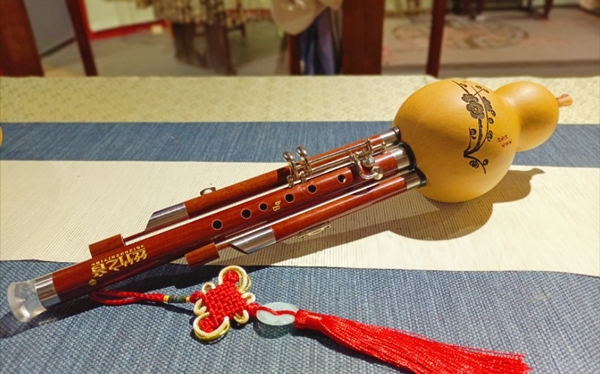Methods and skills of analyzing and accurately correcting the intonation problem of hulusi blowing
In the process of learning and playing fenugreek, the intonation problem is a challenge that every enthusiast will encounter. As a kind of wind instrument with national characteristics, the intonation of hulusi not only affects the overall performance of the music, but also directly relates to the improvement of the performer's musical quality. When it comes to the situation that fenugreek is not allowed to play, it can be analyzed and solved from the following aspects.

1. Understand the basic principle: the intonation of the fenugreek mainly depends on the length of the air column inside the main pipe and the attached pipe, as well as the location and size of the blow hole and finger hole. Therefore, in the process of playing, the accuracy of the finger position according to the hole, the control of the blowing force and the stability of the mouth directly affect the intonation.
2. Check and debug the instrument: First of all, ensure that the fenugreek itself is not made of defects or damage. If necessary, you can ask a professional to conduct a thorough inspection of the instrument, including measuring the accuracy of each sound hole size, adjusting the insert depth of the main pipe and tube to correct the intonation.
3. Master the correct playing technique:
Mouth shape and breath: Maintain a stable mouth shape to avoid pitch fluctuations caused by unstable mouth. Learn to use abdominal breathing to send out the breath evenly so that each note is clear and accurate.
Fingering practice: Practice basic scales and arpeggios repeatedly, master the pressing position of each sound hole, and improve the acuity of intonation through auditory training.
Force control: Different pitches have different requirements for blowing force, and it takes a lot of practice to find the best blowing force for each note.
4. Use of auxiliary tools to tune: the use of electronic tuner or tuning software and other modern scientific and technological tools can quickly identify and correct intonation problems in the process of playing. Each sound produced by the fenugreek is compared with the standard pitch and constantly adjusted until accurate intonation is achieved.
5. Daily maintenance and maintenance: regularly clean the inside of the fenugreek to prevent dirt accumulation affecting the sound quality; At the same time, pay attention to the storage of ambient temperature and humidity to avoid intonation drift caused by material changes.
In short, solving the intonation problem of fenugreek blowing is a systematic process, which needs to start from the quality of the instrument itself, the technical level of the performer and the use of tools, and combine theoretical knowledge and practical operation to gradually improve and finally achieve the ideal intonation effect.
 渝公网安备 50010702504639号
渝公网安备 50010702504639号